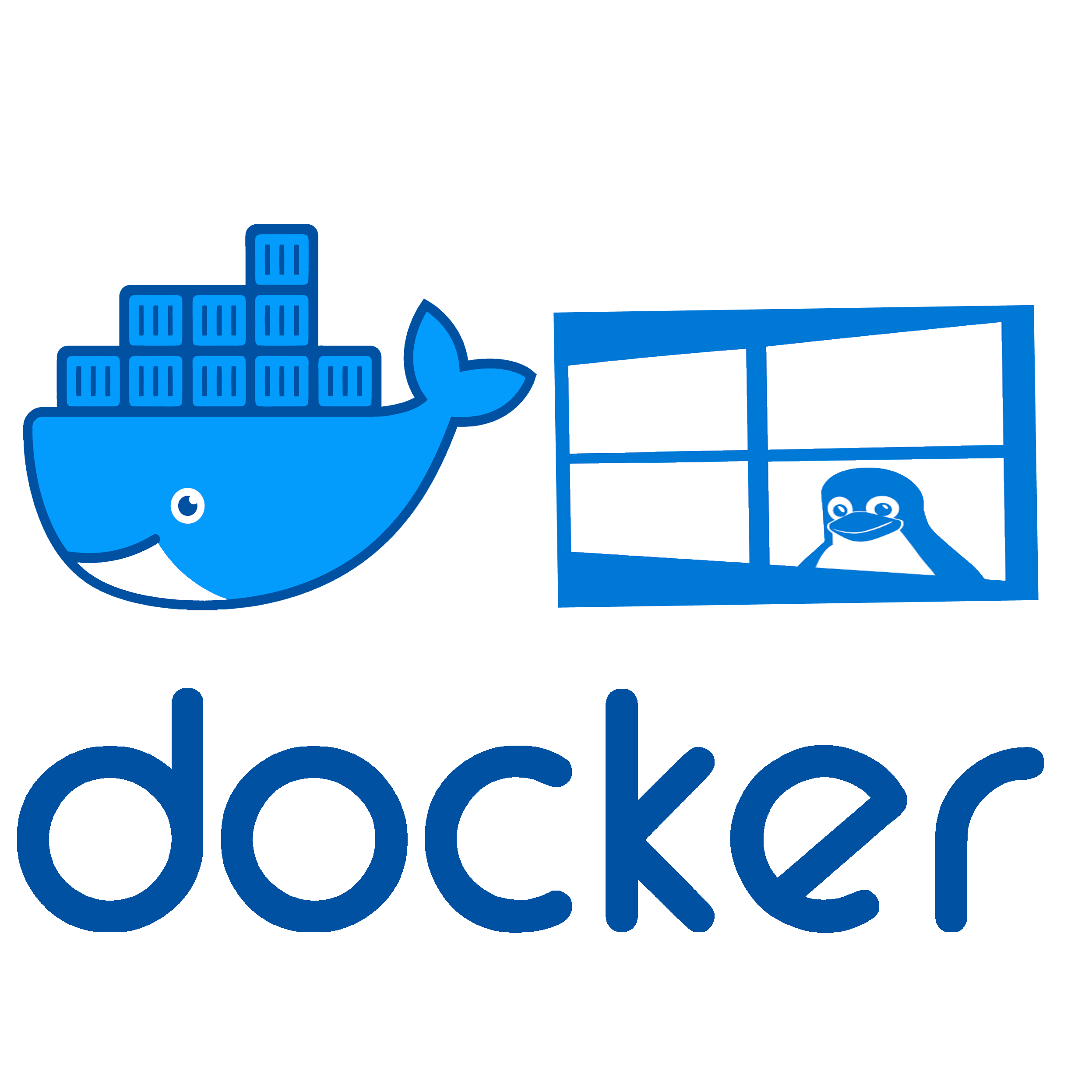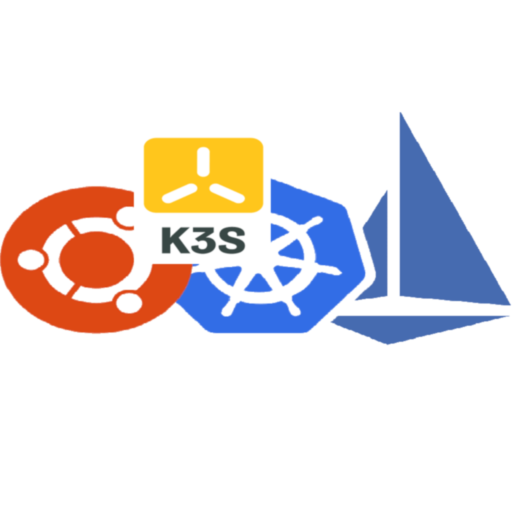LibreNMS – Let It Find Your Network for You
What is LibreNMS
LibreNMS isn’t trying to be a platform. It’s just a smart, open-source tool that helps you keep track of your network without making you build the whole stack yourself.
You install it, point it at your subnet, and within minutes it starts discovering devices — switches, routers, firewalls, even printers if they talk SNMP. You don’t need to add hosts one by one, and you don’t have to define what’s on port 22. It figures things out.
It’s SNMP-first, like a classic NMS, but with a clean web UI and built-in graphing. The kind of tool you set up once and forget — until something goes down and it pings you before your users do.
What It Covers (and Handles Surprisingly Well)
| Thing | What LibreNMS Does With It |
| Routers, switches | Auto-discovers, tracks ports, interface errors, uptime, traffic |
| Firewalls | Shows VPN tunnels, dropped packets, CPU load |
| Wireless gear | Tracks APs, clients, signal levels (depends on brand) |
| Servers | Monitors SNMP info + ping/response status |
| BGP and peers | Detects sessions, alerts on flaps or missing neighbors |
| Traps & syslog | Can ingest, tag, and graph events (optional setup) |
| Alerts | Sends them via email, Slack, Telegram, even your own webhook scripts |
How It’s Usually Deployed
You’ll want a Linux VM with PHP, MariaDB, and a web server. It’s not heavy — and there’s even a script to automate setup. After install, you hit the web interface, point it at your network, and let it crawl.
git clone https://github.com/librenms/librenms.git
cd librenms
./scripts/librenms_install.sh
All the graphs are built-in. Alerts use rules — for example, if a port goes down, if ping time spikes, or if CPU hits 90%. It updates itself every day via cron, so it’s low maintenance.
When It Makes Sense
– You’ve got a dozen (or a few hundred) devices and no idea what’s online
– You want graphs and alerting but don’t want to write PromQL or dashboards
– Your boss asks, “What’s the traffic on port 24?” and you want to click and show it
– You’re replacing a Nagios setup and want more auto-discovery
– You want something free that acts like it cost money







